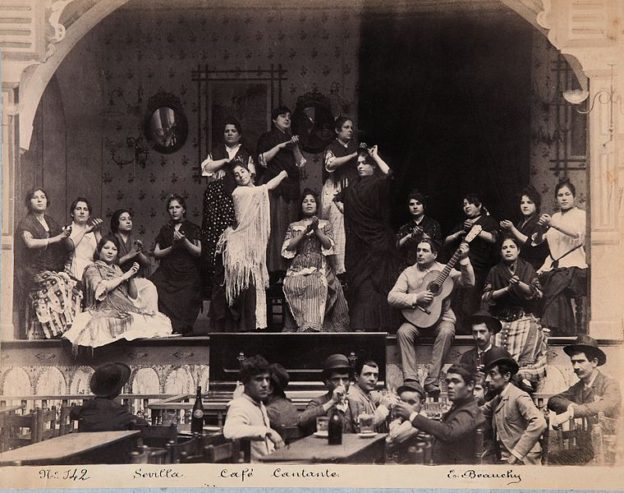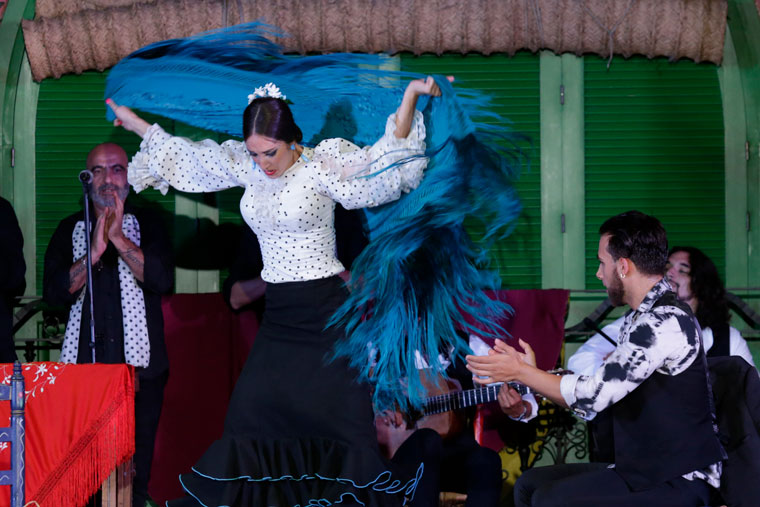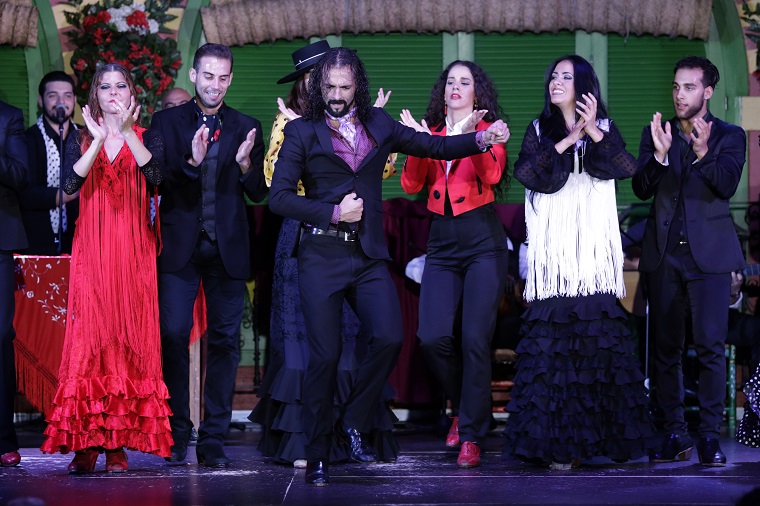
The Royal Academy of the Spanish Language defines flamenco singing as the ‘gypsi-like Andalusian song’, so there is no doubt that the gypsy people had much to do with the emergence of this artistic expression, a link that is still alive today.
If you look at the lyrics of flamenco, most refer to themes of love, life and death. This art, of Andalusian origin, was born from the popular expression, fruit of the persecution suffered by Gypsies, Jews and Muslims in Spain on the part of the Catholic Kings.
In 1492, Isabel and Fernando forced the citizens, who lived under his reign, to convert to Catholicism, a decision that included harsh punishments and death sentences to those who resisted this conversion, as was the case of Jews, Muslims and Gypsies .
It was precisely this harsh persecution, which forced these groups to join to help each other. Fruit of that coexistence and fusion of cultures emerged flamenco singing, which became the expression of anguish and protest against the oppression they suffered.

Most of the studies coincide in establishing Jerez de la Frontera (Cádiz) as the birthplace of flamenco singing. The diffusion of this art in other corners of Andalusia is due to the nomadic nature of the gypsies, who used to go from town to town selling their products or doing sporadic work. This is the reason why flamenco took root in other Andalusian cities such as Seville and Granada.
Although nowadays flamenco is an art of international recognition, it was declared Intangible Cultural Heritage of Humanity by UNESCO in 2010, history has not always been benevolent with this artistic expression.

From the fifteenth to the eighteenth century, the gypsies were marginalized, hence they sang ‘secretly’ in forges, their houses or family parties, such as weddings and christenings. With the arrival to the throne of Carlos III, in 1759, they acquired the citizenship card, they were granted civil rights and the gypsies began to leave the anonymity.
In the 18th century, with the arrival in Spain of the French Bourbons, the citizens reacted to the ‘Frenchification’ of the upper classes and decided to rescue their most popular culture. This benefited the flamenco art, since the music and gypsy culture began to awaken the interest of the Spanish people.
It was in 1780, when Tío Luis de la Juliana emerged in Jerez, who is considered the first flamenco singer in history. This pioneer was followed by other artists such as Francisco Ortega from Puerto Real, also known as ‘El Fillo’; El Planeta of Triana; uan en Cueros; Juan de Dios, María de las Nieves; Perico el Gallego; Franco el Colorado o Luis el Cautivo, among many other singers who made history in flamenco singing.
The period from 1800 to 1860 is known as a hermetic phase of flamenco. The ‘cante jondo‘ triumphed in the gypsies homes in weddings, christenings and domestic parties. In addition to the ‘cantes jondos’, there were also the Andalusian songs that were of popular domain such as fandangos, rondeñas, verdiales, sevillanas, temporeras or nanas.
 At that time, the places of reference of flamenco singing were the Triana district, in Seville, Cádiz and the Cádiz towns of Puerto de Santa María, Sanlúcar and Jerez de la Frontera.
At that time, the places of reference of flamenco singing were the Triana district, in Seville, Cádiz and the Cádiz towns of Puerto de Santa María, Sanlúcar and Jerez de la Frontera.
Until then flamenco singers were only gypsies, who went from one town to another to sing at parties, weddings and christenings for a plate of food.
From 1860 to 1910, the famous Cafés Cantantes, locals promoted by Silverio Franconetti, creator of the gypsy-Andalusian singing and the first non-gypsy singer known.
Here, in the cafés cantantes (current flamenco tablaos), the Andalusian artists began to sing flamenco for the public. The success was such that there was no Andalusian city that did not have a place of this type.
At this time, the classification of flamenco cante begins in cante jondo and cante menos jondo. As a jondo one saw nothing more than the siguiriya, although later the soleares, cañas, polos and serranas were also included.
The cante jondo refers to the most primitive styles of flamenco singing and is characterized by deep interpretations in which the flamenco singer has to express the solemn feeling of the song. The cante jondo is divided in turn into cante grande and cante chico, according to the feeling they express.
The ‘cante grande‘ includes the sticks that are considered deeper and more serious, let’s say more solemn. The lyrics express deep feelings and anguish. Within this style are siguiriyas, tonás or soleás.
On the other hand, by ‘cante chico’ it was understood that it did not meet the seriousness and greatness of the great singings, that is, light cantes without great demands for its execution and interpretation.
From here, flamenco began to be recognized and valued, something that produced the emergence of professional artists and the evolution of flamenco with the incorporation of dance and guitar.

At present, flamenco is an international phenomenon. This artistic expression, the result of a multicultural mix, can be enjoyed today in festivals and flamenco shows that are held in various corners of the world.
Nevertheless, Andalusia continues to be a reference for flamenco art. Its most emblematic cities are dotted with flamenco tablaos, where visitors from all over the world can learn first-hand about the passion and emotions that the artists transmit their live performances.
This is the case of the Tablao El Palacio Andaluz, where every night two live flamenco shows are held with a unique cast of artists in Andalusia. A show that you can online booking and that has been chosen by Spanish Television for the dissemination of this art for its artistic and visual quality. If you visit Seville, take note of our recommendation.
© 2024 El Palacio Andaluz. All rights reserved.